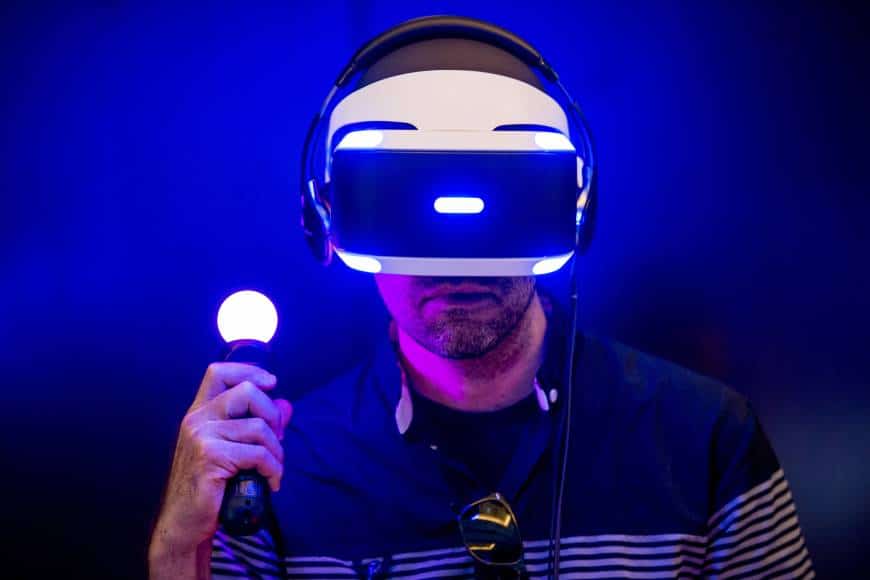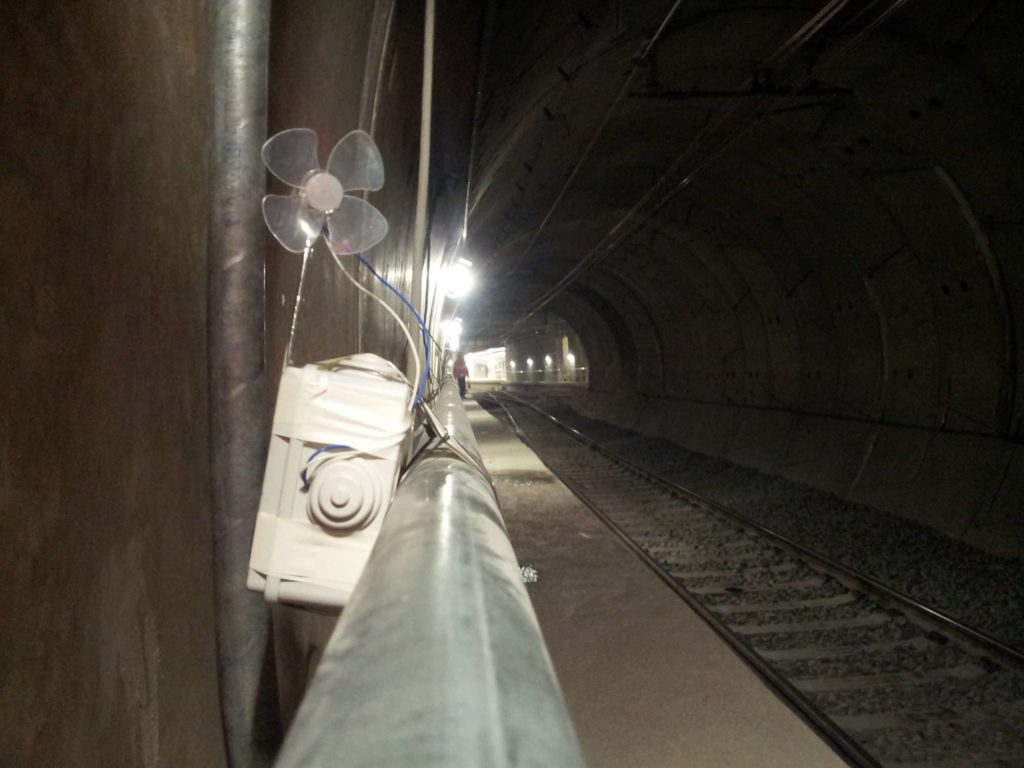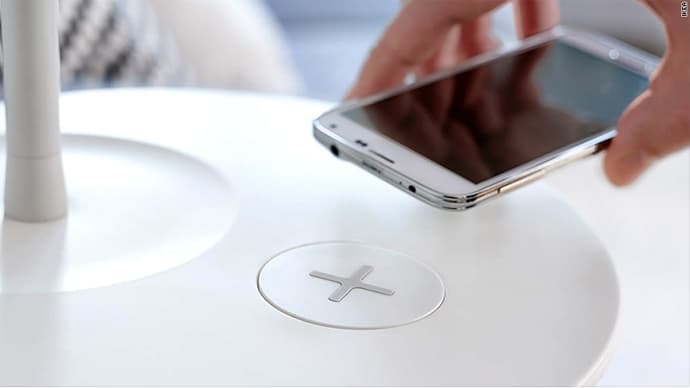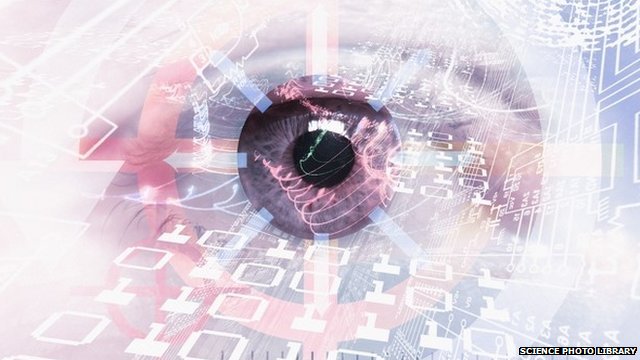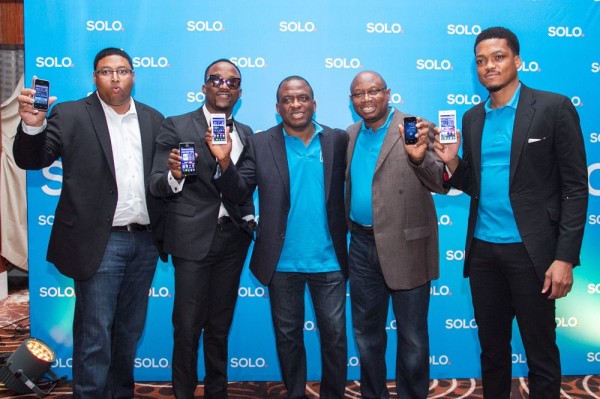Middle-class economics have always been promoted as a key focus for President Barack Obama and his administration. With that focus in mind, the president is honing in on the tech sector in hopes to drive major economic success for middle-class Americans and prepare them for the high-tech jobs that are not only readily available, but also pay extremely well.
In the midst of the country’s economic resurgence, it always seemed like the middle class, particularly the Black community, was being left behind.
The president hopes to change that by getting more middle-class Americans into well-paying high-tech careers through his new TechHire initiative.
The president will announce more details about the program during a National League of Cities conference in Washington on Monday.
A statement about the program published on the White House website assured citizens that at least $100 million in grants would be made available to help the TechHire initiative’s cause.
“TechHire is a bold multi-sector effort and call to action to empower Americans with the skills they need, through universities and community colleges but also nontraditional approaches like ‘coding bootcamps,’ and high-quality online courses that can rapidly train workers for a well-paying job, often in just a few months,” the White House’s statement explains. “Employers across the United States are in critical need of talent with these skills. Many of these programs do not require a four-year degree.”
In addition to boosting efforts to train more middle-class Americans in tech-related skills, the initiative will also be dedicated to getting Americans connected to the right tech jobs for them.
So far, more than 20 cities have stepped forward to participate in the initiative by helping to provide a network of resources and employment opportunities for middle-class Americans in the tech space.
The list of cities includes New York City, Salt Lake City, Portland, San Francisco, Memphis, St. Louis, Nashville and more.
The statement explained that the initiative will be reliant on “local leadership” that can “connect people to jobs with hiring on ramp programs.”
With more than 500,000 job openings in the tech field, according to the White House statement, it could be a great opportunity to give middle-class economics a much-needed boost.
The unconventional training programs are also a major benefit to Black communities where people are often not wealthy enough to obtain quality training in the tech field otherwise.


